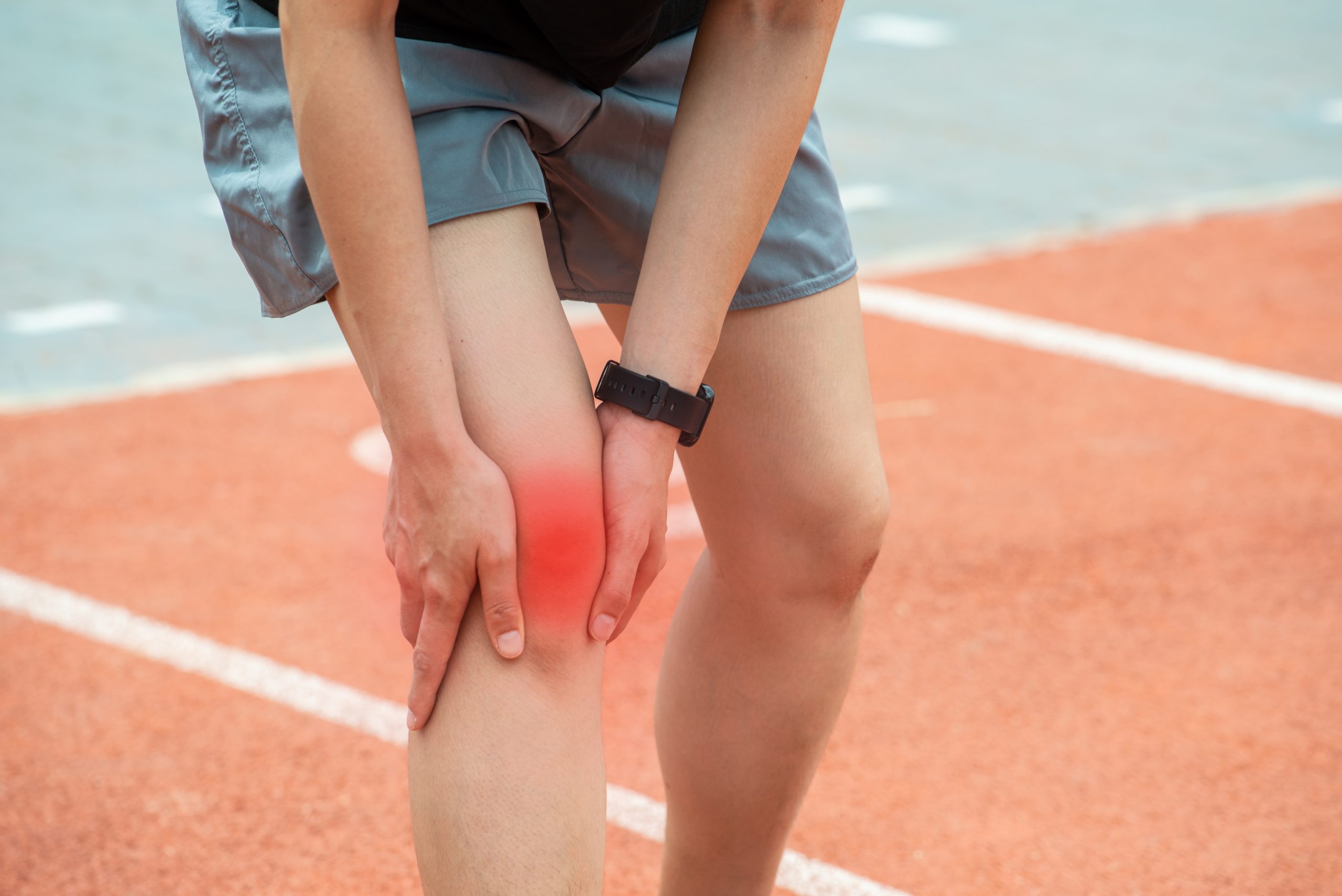An article by Juliane Kristine Morris. You may have heard a sports commentator mention an athlete’s ACL injury or maybe you’ve heard a friend say that they’ve torn their ACL.
What is a torn ACL and what can help to prevent or heal it?
An ACL injury is a sprain or tear of the anterior cruciate ligament (ACL) which helps connect the thigh bone (femur) to the shinbone (tibia) and helps stabilize the knee joint. The ACL is one of your body’s strong bands of connective tissue. When the ACL is torn with sudden changes in direction, pressure or stopping and starting, there can be an ACL tear that feels like (and is sometimes heard as) a pop, followed by pain, instability and sometimes swelling. An ACL injury can make it painful or impossible to bear weight.
And while sports like football, basket- ball, soccer, tennis and downhill skiing are among the most ACL-injury-prone sports, sometimes normal activities like carrying a laundry basket up a stairwell, walking at the office and turning sharply, landing awkwardly from a step or jump, dancing, or pivoting with a foot firmly
planted can result in a torn ACL. If an ACL ligament is damaged, the tear is either partial or complete, where a mild ACL injury may leave the ligament intact but stretched. A physician can diagnose an ACL injury, and to regain stability and strength will prescribe rest and rehabilitation exercises depending on the severity of an ACL injury. Sometimes, surgery is needed to replace the torn ligament, followed by exercises and physical therapy.
AN ACL INJURY TREATMENT PLAN OFTEN INCLUDES:
• Pain management with ice, electric stimulation and massage.
• Gait training to help with crutches
• Swelling management with R.I.C.E. (rest, ice, compression and elevation)
• Range of motion exercises
• Balance exercises. A physical therapist often works to help improve the quadriceps, the muscle on top of the thigh, with strengthening exercises, and
sometimes working to strengthen the hamstrings and hip muscles.
A physical therapist helps demonstrate that proper exercise mechanism and body training helps reduce the risk of an ACL injury. Having a strong core, overall
balance in leg muscle strength and using proper positioning of the knees when moving, pivoting, bending, jumping, landing and stopping helps prevent ACL injuries.
WHAT YOU CAN EXPECT FROM PHYSICAL THERAPY
An article written by Juliane Kristine Morris. For those who have never been to physical therapy, not knowing what to expect can feel a little uncomfortable. Let’s clarify what to expect with physical therapy. As one of the medical treatment branches of rehabilitative healthcare to treat body function and movement problems, Physical Therapists (PTs) are highly trained, medically licensed professionals who treat conditions and diseases by using medically engineered equipment and carefully crafted patient exercise programs, identifying root causes and treating them with biomechanical therapies and exercise.
Most patients benefit from their prescribed physical therapy sessions to help them cope with, manage or help overcome an injury, disease or disability, or post-operative state. When a physician prescribes physical therapy to a patient, in the first session, the PT evaluates the patient’s condition, measuring range of motion, posture, flexibility, strength and muscle and joint ability.
This allows the PT to determine the most appropriate treatment, as well as the duration of the therapy sessions. The treatment plan may take days, weeks or months. Physical therapy can help improve or in some cases, restore your mobility and range of motion, strength or balance. The final stage of physical therapy is self-management, which is prescribed when the issue is resolved or has reached a best state of improvement or plateau.
Sessions with licensed physical therapists can occur at home, rehab centers, hospitals, schools, fitness centers, sports facilities and of course in PT offices. Because physical therapists work with other medical teams, their work with patients can address an array of sport or accidental injuries, musculoskeletal disorders, neurological disorders, genetic conditions and even help with managing vertigo or dizziness to keep patients safe and functional. Knowing what to expect from physical therapy is half the battle. Get back to your limber, productive, functioning self by staying positive and attending your sessions.
